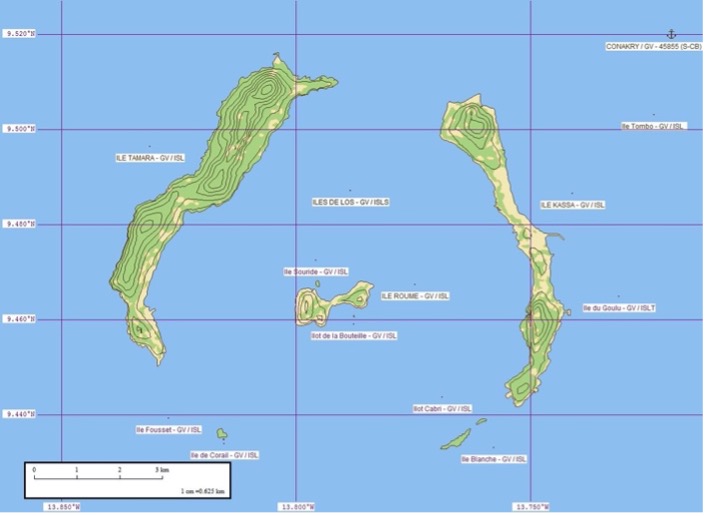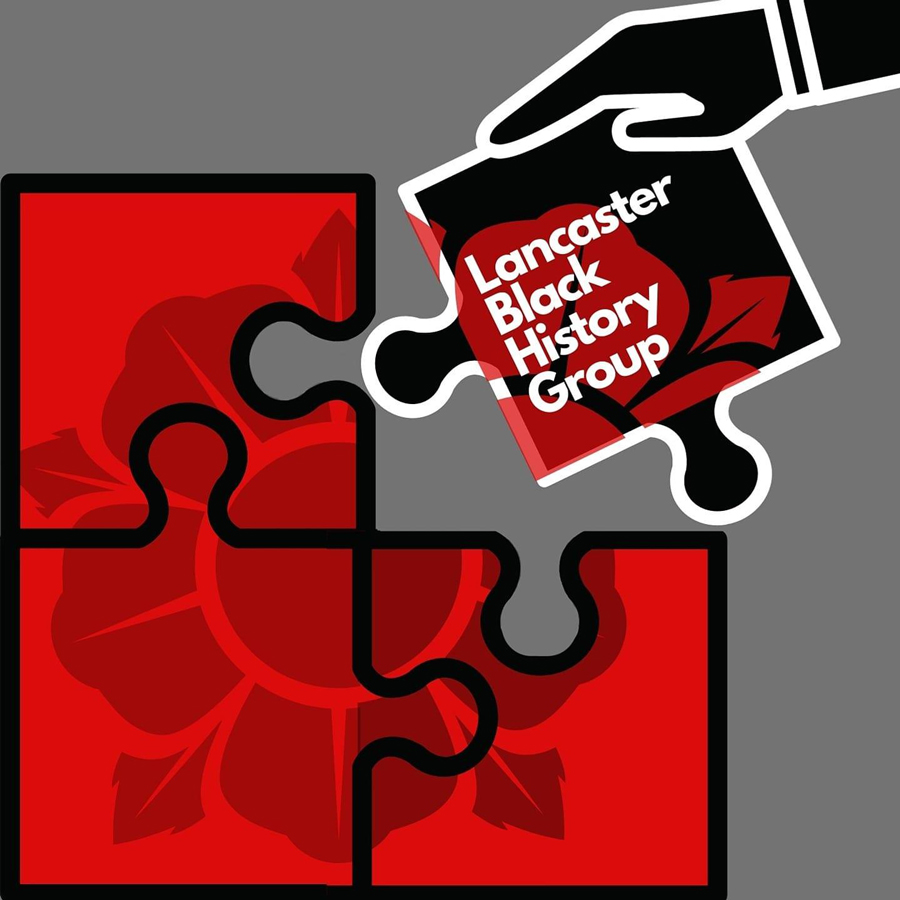Harry Edmondson, Anna Molloy & Zoe North (Sixth form students at Lancaster Royal Grammar School)
Thetis was a figure from Greek mythology, a goddess of the sea. Not necessarily a name you would associate with a slave ship. However, in the 18th century Lancaster was the fourth largest slave ports in the country, and transatlantic trade with colonies would’ve been a large part of the lives of many residents, and certainly more largely in the public conscience than today. Our interest in researching the Lancastrian Thetis ships originated in the fact there is a street called Thetis Road on Lancaster Industrial Estate on New Quay – although we haven’t uncovered which particular Thetis ship this street is named after. We will write about two of these ships here.
Thetis 1
- Constructed in Lancaster 1752 by Brockbank’s in Cable Street (Sainsbury’s carpark today!)
- Registered in Lancaster in 1758
- Rig of vessel: Snauw
- Tonnage: 40
- Owners: Miles Barber, Thomas Hinde, John Preston, Miles Houseman, Thomas Houseman
This first ship called Thetis, which we are going to call Thetis 1, is recorded in the Slave Voyages database as sailing from Lancaster to the Windward coast in 1759, captained by John Preston.
This is the same John Preston who was captain of Minerva I (see a related blog) which made voyage to the Windward coast the previous year and was captured by French privateers. We are not sure how Captain Preston got passage back to Lancaster so quickly after the seizure of the Minerva 1, but it seems that once back he was keen to invest in a new venue, as both part owner and as a captain as soon as possible. It is interesting to consider how he afforded this after he presumably lost money when the Minerva was captured. Captain Preston is listed as part-owner of Thetis 1, and it is worth noting that an estimated 10% of ship captains where a part owner in slave ships, and this would have given them an additional incentive in terms of the success of the voyage, and how much profit they would see from it.

The Thetis I left Lancaster Quayside on February 23rd 1759 and disembarked its human cargo of 212 people in Charleston in September 1759. Through a source in Melinda Elder’s book The Slave Trade and the Economic Development of Eighteenth- Century Lancaster we were able to find an advertisement in the South Carolina Gazette for the sale of thisfirst cargo: “Sale of 212 slaves from Windward and Grain Coast of Guinea” (Elder 1992). A total of 46 enslaved people had died on this voyage. The ship set off back to Lancaster on 5th October 1759. It arrived at St George’s Quay a few months later, this Quay was then new, and Lancaster was entering into an economic boom, due to its slave and West-Indies trading, and the ship-building, sugar and Mahogany furniture trade this global trade was enabling.
Second slave trading voyage of Thetis I
In 1760, John Preston is setting sail again in Thetis I. There are less details about this ship or its voyages in the Slave Voyages database, however, and somewhat incredibly, this ship, like the Minerva 1, was captured by a privateer who had control of the ship and its enslaved human cargo when it arrived in Martinique, a French controlled sugar island.
Captain John Preston again survived the French privateers, and appears again in Lancaster as the captain and part owner of another two slave ships, the Lancaster and the Thetis, both of which sail to the Îles de Los, a group of islands off the West coast of Africa near Guinea/ Sierra Leone in 1761.
Miles Barber and Factory Island, Îles de Los

We know that Lancastrian slaver and ship-owner Miles Barber (1733–circa 1795) was at this time running a ship-repair and slave barracoon on Factory Island (known as Kassa Island today), one of the Îles de Los. Factory Island was a significant slaving hub, the deep waters made Factory Island an ideal stopping place for large slaving vessels. Over the space of 30 years Barber would develop an extraordinary mini-empire of an estimated eleven slave factories and barracoons along the rivers stretching inland in this area of West African coast, employing dozens of European men as agents, factors and a large grumetta labour force of African casual workers (see Mouser, 1996).
Thetis 2
- Thetis II, was constructed in Liverpool 1752, and was registered in Lancaster 1761.
- On October 3rd 1761, she sails to Îles de Los from Liverpool.
- Owners: Miles Barber; Thomas Hind; Thomas Houseman and John Preston
- Three captains are listed for this voyage: James Kendall; John Preston and Thomas Pearce
A slave ship called the Lancaster, sails from Lancaster Quay to the Îles de Los, to join the Thetis on 17th December 1761. Owner: Thomas Hind and two captains are listed: Thomas Pearce and John Preston.
We got confused in our research at this point: How can John Preston be captain of two slave ships at the same time? We sought the advice of the historian of the Lancaster slave-trade, Melinda Elder and she suggested the following scenario was the most likely:
The Thetis II and the Lancaster sailed to Africa in late 1761 within a month or two of each other, Thetis II early Oct, Lancaster early Dec.
Both of these ships are owned by Miles Barber, Thomas Hinde and others – a significant Lancastrian conglomerate of slave ship owners.
Both ships are very likely heading to Barber’s slaving hub on Factory Island.
The sources, taken together, name the same 3 captains for both vessels as James Kendall, John Preston, Thomas Pearce. The most likely scenario:
- The plan was probably for Captain Preston to go out on the first vessel (Thetis II) and return on the second (Lancaster). This arrangement would obviously require additional captains.
- Preston as an experienced trader from previous African voyages would fulfil the role of ‘supercargo’. This meant he would be in charge of the cargo and its exchange for enslaved Africans on the coast. The plan was no doubt for him to deal with the two ships in turn before leaving on the Lancaster.
- Thetis II would be the first to leave Africa but was subsequently captured by the French and her human cargo sold in French Guiana (capital Cayenne) a French colony, bordering Brazil in South America
(Melinda Elder, email correspondence with students and Imogen Tyler, April 2021)
John Preston died in Sierra Leone before leaving the African coast with the Lancaster (or conceivably on-board ship shortly after). The Lancaster continued to Guadeloupe under Captain Pearce. It reaches Guadeloupe on December 10th 1762 (this Island was occupied by the British from 1759 until 1763 when it was restored to the French). There had been 226 enslaved people on board the Lancaster ship when it left Îles de Los, by the time it lands 204 remain alive in the hold. It is a full year since this slave ship was departed from St George’s Quay in Lancaster, this has been a very long voyage. The Lancaster eventually arrives back in Lancaster in July 1763.
We mentioned at the beginning how Thetis isn’t a name you would associate with a slave ship; well how about associated with a street name? From our investigation into street names on New Quay, both on Lune Industrial Estate which was formed in the 1970s, and on the new housing Estates, it appears local government authorities decided to name streets after ships made in Lancaster, some of them slave ships like Thetis but also: Minerva, Europa, Paragon, Ceres. We question the decision to name the streets in ways associated with Lancaster’s historic role in the slave trade without reflection or appropriate commemoration. To us it doesn’t make sense. Would you be comfortable living or working on a street named after a slave ship? Perhaps even more chilling was to discover seven slave voyages on ships called Lancaster.
ABOUT THE AUTHORS
Researched and written by Harry Edmondson, Anna Molloy and Zoe North (students at Lancaster Royal Grammar School). This blog was fact checked and edited by Imogen Tyler with significant expert input from Melinda Elder and assistance from Nick Radburn and Mike Winstanley. This blog was written as part of our series with students from local schools in Lancaster.
How to cite
Harry Edmondson, Anna Molloy and Zoe North (2021) Two 18th Century Lancastrian Slave Ships called Thetis & A Slave ship called The Lancaster, Lancaster Slavery Family Trees (Blog), available at https://lancasterblackhistorygroup.com/2022/11/28/two-18th-century-lancastrian-slave-ships-called-thetis-a-slave-ship-called-the-lancaster/

Leave a comment